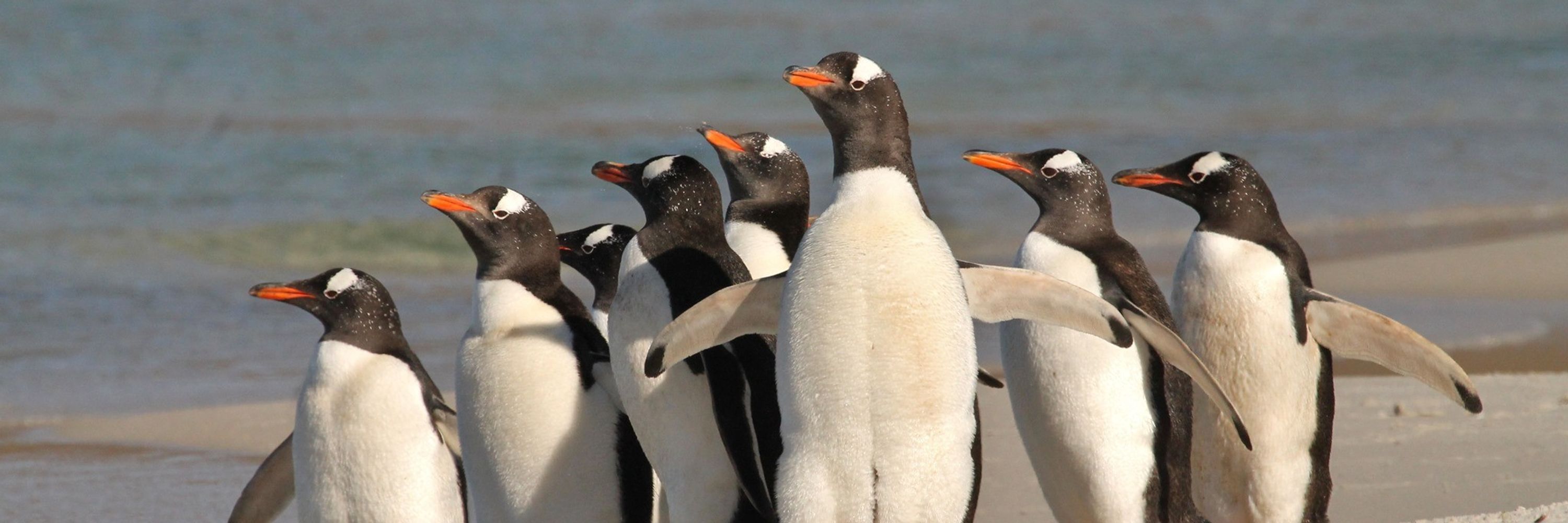
Martin Beal
@amigodeaves.bsky.social
Student of winged and flippered things. Studying animal movement to inform the conservation of nature an@.
None of this would be possible without the MASSIVE efforts of hundreds of people across the flyway, who organized field efforts, captured and ringed birds, resighted them and put out tracking devices.
It takes a village to understand a bird!
Photo by Verónica Méndez (5/5)
It takes a village to understand a bird!
Photo by Verónica Méndez (5/5)
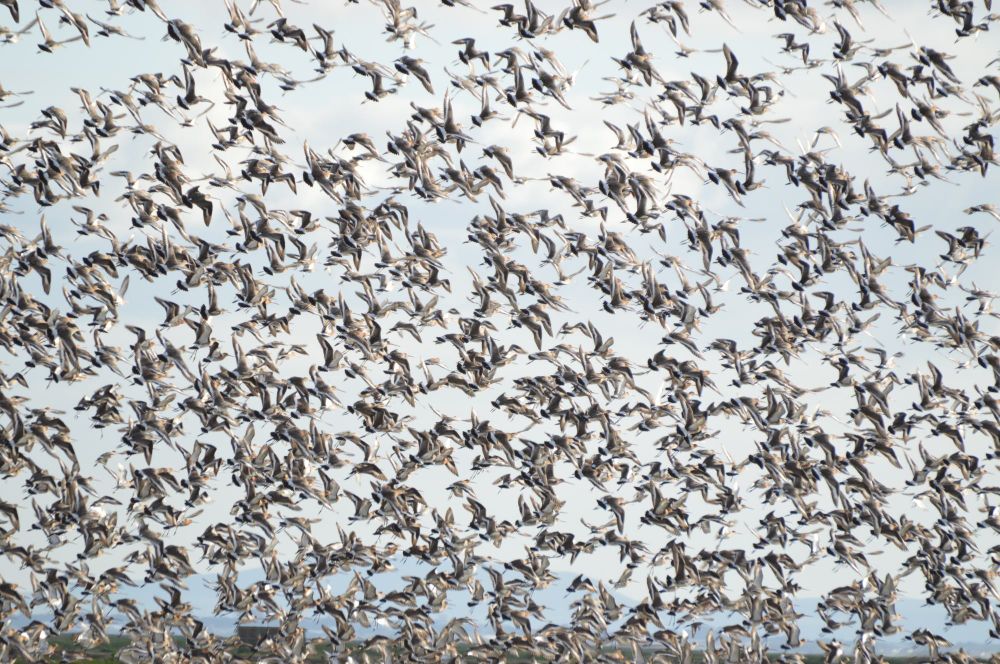
January 9, 2025 at 9:24 AM
None of this would be possible without the MASSIVE efforts of hundreds of people across the flyway, who organized field efforts, captured and ringed birds, resighted them and put out tracking devices.
It takes a village to understand a bird!
Photo by Verónica Méndez (5/5)
It takes a village to understand a bird!
Photo by Verónica Méndez (5/5)
An advantage of networks is that you can easily pick out subsets to answer your own questions.
E.g. How do BT godwits connect the Tagus Estuary to other sites? Which sites in Portugal and France are connected? etc.
Check out our Shiny to answer your own questions:
bit.ly/3WOdinm (4/5)
E.g. How do BT godwits connect the Tagus Estuary to other sites? Which sites in Portugal and France are connected? etc.
Check out our Shiny to answer your own questions:
bit.ly/3WOdinm (4/5)

January 9, 2025 at 9:24 AM
An advantage of networks is that you can easily pick out subsets to answer your own questions.
E.g. How do BT godwits connect the Tagus Estuary to other sites? Which sites in Portugal and France are connected? etc.
Check out our Shiny to answer your own questions:
bit.ly/3WOdinm (4/5)
E.g. How do BT godwits connect the Tagus Estuary to other sites? Which sites in Portugal and France are connected? etc.
Check out our Shiny to answer your own questions:
bit.ly/3WOdinm (4/5)
We highlighted 49 super well-connected sites, which were on average connected directly to 48 other sites.
Interestingly, just 47% of these top sites are currently recognized as important sites for BT godwits, suggesting this approach can add value to existing efforts. (3/5)
Interestingly, just 47% of these top sites are currently recognized as important sites for BT godwits, suggesting this approach can add value to existing efforts. (3/5)

January 9, 2025 at 9:24 AM
We highlighted 49 super well-connected sites, which were on average connected directly to 48 other sites.
Interestingly, just 47% of these top sites are currently recognized as important sites for BT godwits, suggesting this approach can add value to existing efforts. (3/5)
Interestingly, just 47% of these top sites are currently recognized as important sites for BT godwits, suggesting this approach can add value to existing efforts. (3/5)
Color-ring resightings were largest source in the north, while tracking was crucial for completing picture in the south.
From these data we built a network model of movement, finding that the godwits connect at least 1058 different wetlands across 46 countries, from Guinea to Iceland (2/5)
From these data we built a network model of movement, finding that the godwits connect at least 1058 different wetlands across 46 countries, from Guinea to Iceland (2/5)
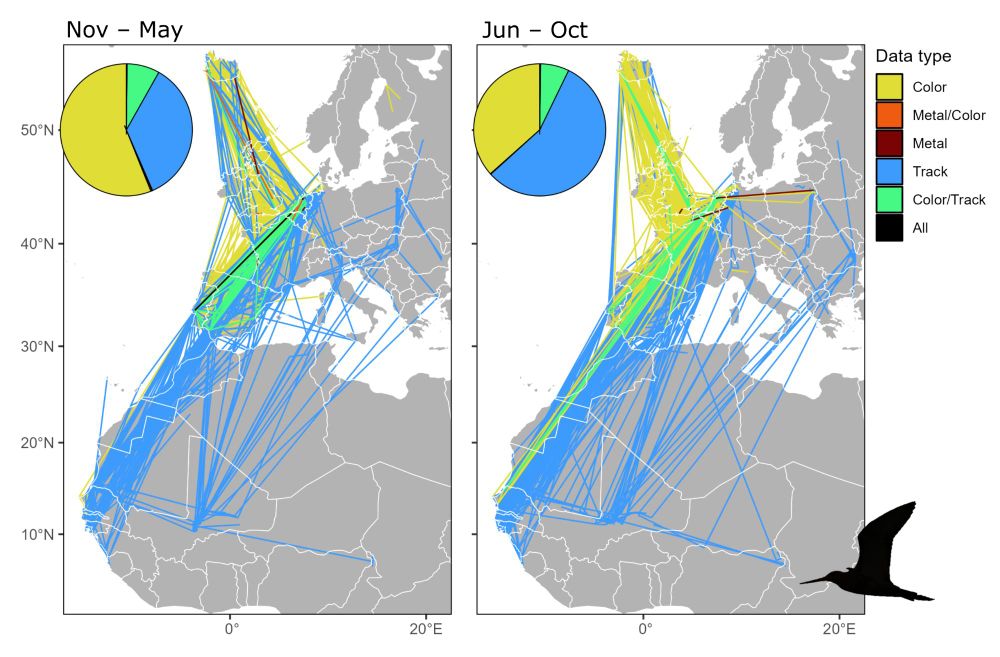
January 9, 2025 at 9:24 AM
Color-ring resightings were largest source in the north, while tracking was crucial for completing picture in the south.
From these data we built a network model of movement, finding that the godwits connect at least 1058 different wetlands across 46 countries, from Guinea to Iceland (2/5)
From these data we built a network model of movement, finding that the godwits connect at least 1058 different wetlands across 46 countries, from Guinea to Iceland (2/5)
New paper! @jappliedecology.bsky.social
https://bit.ly/3C5gYJp
We mapped out the migrations of over 10K ind ⚫-tailed godwits (!) to characterize connectivity between sites in Europe and Africa.
We compiled tracking data, ring recoveries and resightings: >400K records in total! (1/5)
https://bit.ly/3C5gYJp
We mapped out the migrations of over 10K ind ⚫-tailed godwits (!) to characterize connectivity between sites in Europe and Africa.
We compiled tracking data, ring recoveries and resightings: >400K records in total! (1/5)
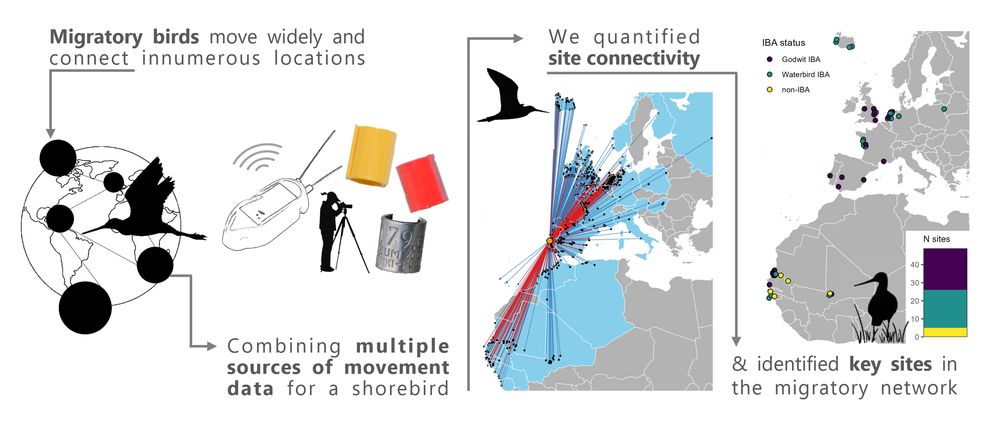
January 9, 2025 at 9:24 AM
New paper! @jappliedecology.bsky.social
https://bit.ly/3C5gYJp
We mapped out the migrations of over 10K ind ⚫-tailed godwits (!) to characterize connectivity between sites in Europe and Africa.
We compiled tracking data, ring recoveries and resightings: >400K records in total! (1/5)
https://bit.ly/3C5gYJp
We mapped out the migrations of over 10K ind ⚫-tailed godwits (!) to characterize connectivity between sites in Europe and Africa.
We compiled tracking data, ring recoveries and resightings: >400K records in total! (1/5)
Fun new paper out! We did a lil experiment to show that kiskadees act as seed dispersers for invasive fruits on Bermuda. A case of an invasive 🐦(introduced to control an invasive🦎) helping an invasive 🌱
@AvocettaJournal: doi.org/mb3v
@AvocettaJournal: doi.org/mb3v
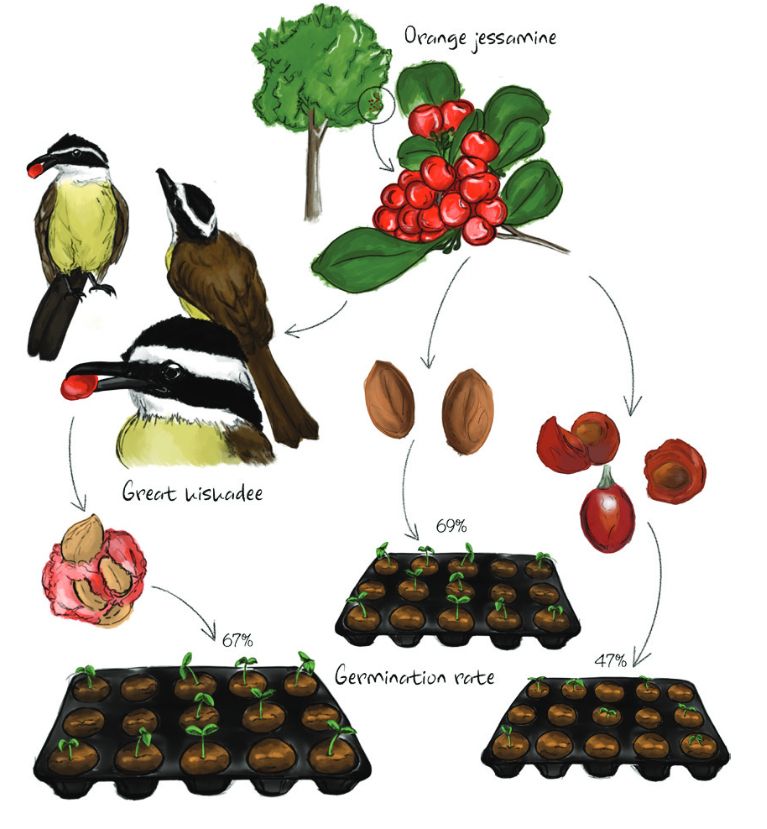
January 9, 2024 at 10:49 AM
Fun new paper out! We did a lil experiment to show that kiskadees act as seed dispersers for invasive fruits on Bermuda. A case of an invasive 🐦(introduced to control an invasive🦎) helping an invasive 🌱
@AvocettaJournal: doi.org/mb3v
@AvocettaJournal: doi.org/mb3v

